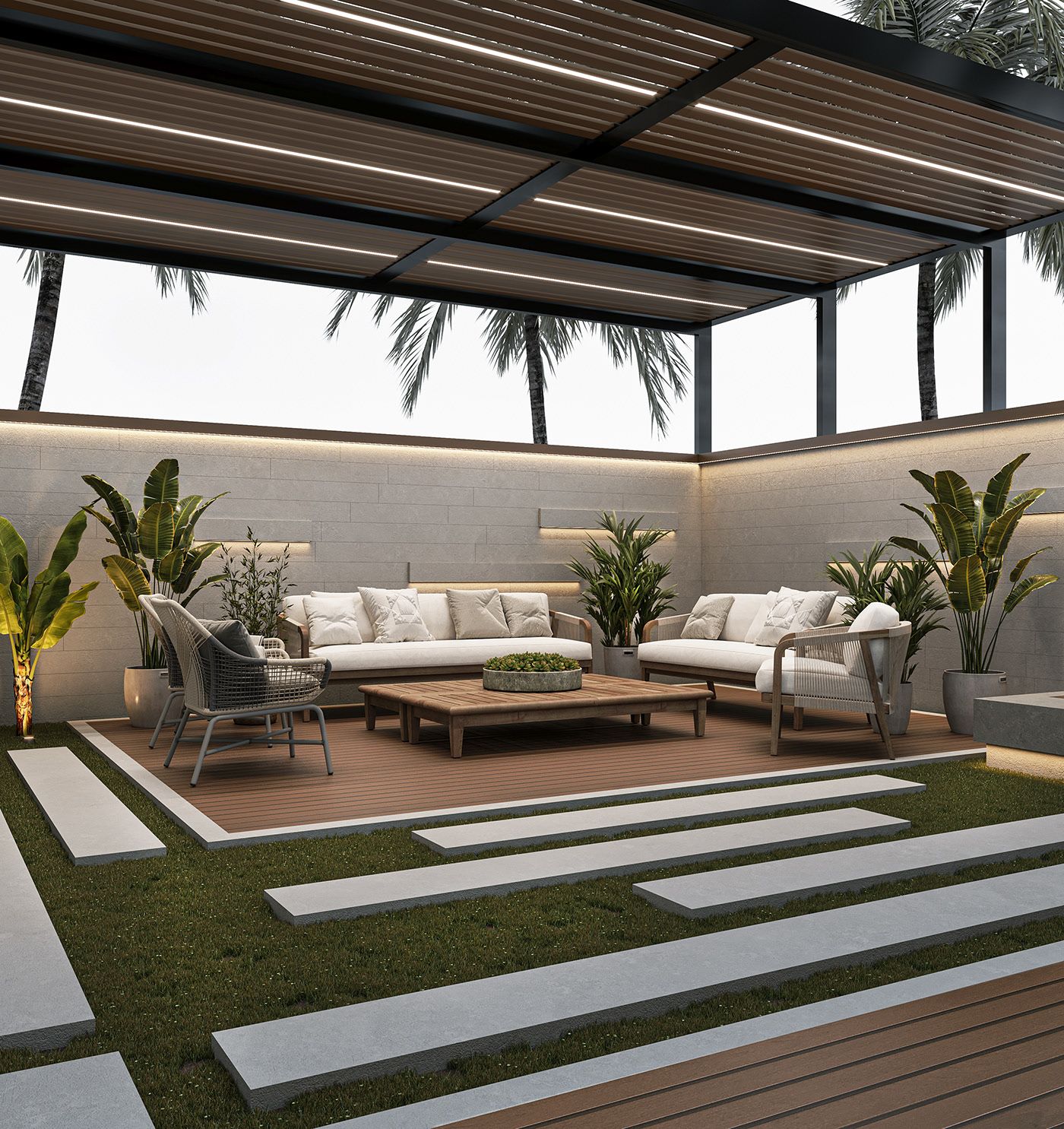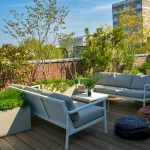Roof gardens have become increasingly popular in urban areas as people seek to create green spaces in the midst of concrete jungles. These rooftop oases not only provide a peaceful retreat from the hustle and bustle of city life, but they also offer a host of environmental benefits. When thoughtfully designed, a roof garden can help reduce energy costs, improve air quality, and mitigate the urban heat island effect.
One of the key considerations in roof garden design is ensuring that the structure of the building can support the weight of the garden. Before embarking on a roof garden project, it is important to consult with a structural engineer to assess the load-bearing capacity of the roof. Additionally, it is essential to consider issues such as waterproofing, drainage, and access when planning a roof garden.
In terms of design, there are limitless possibilities for creating a beautiful and functional roof garden. Some popular features include raised beds for planting flowers and vegetables, seating areas for relaxing and entertaining, and even water features for a touch of tranquility. Green roofs, which incorporate a variety of plants and vegetation, are also a popular choice for rooftop gardens.
When selecting plants for a roof garden, it is important to choose species that are well-suited to the unique growing conditions of a rooftop environment. Plants that are drought-tolerant, low-maintenance, and able to withstand strong winds are typically good choices for roof gardens. Additionally, incorporating a mix of annuals, perennials, and evergreens can help ensure year-round visual interest in the garden.
In order to maximize the environmental benefits of a roof garden, it is important to consider factors such as stormwater management and biodiversity. Green roofs can help reduce stormwater runoff by absorbing rainwater and releasing it slowly back into the atmosphere. Additionally, incorporating a variety of plants can attract pollinators and create a habitat for birds and other wildlife.
Overall, designing a roof garden requires careful planning and consideration of various factors, from structural concerns to plant selection and environmental benefits. With the right approach, a roof garden can transform an unused rooftop into a vibrant and sustainable green space that enhances the quality of life for building occupants and contributes to a healthier urban environment.
















